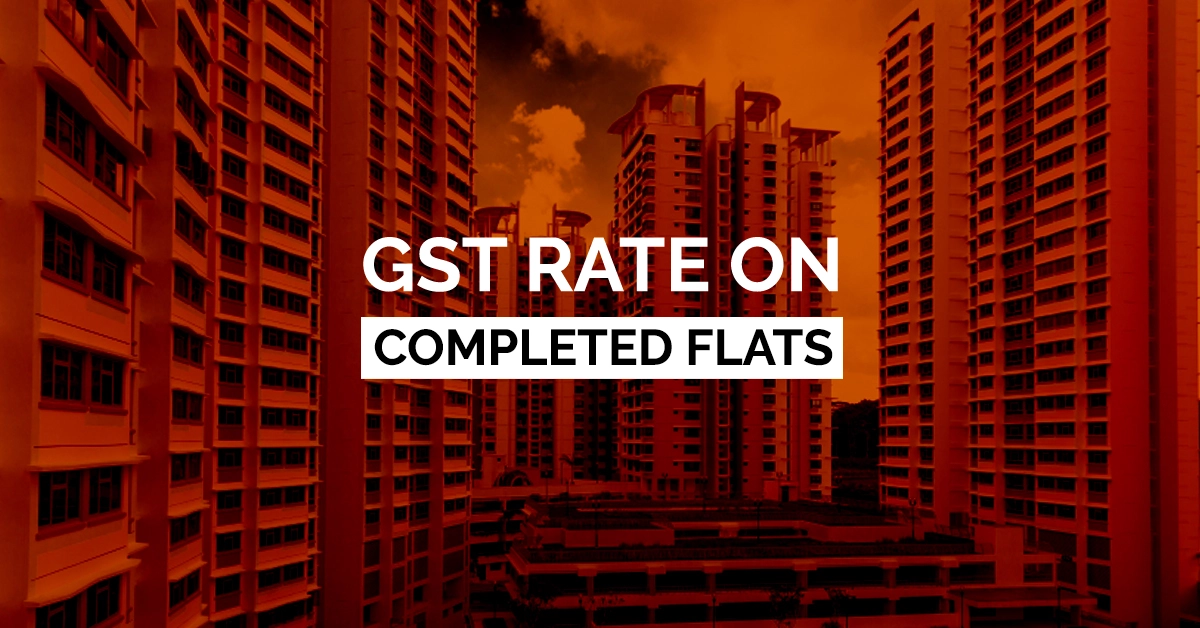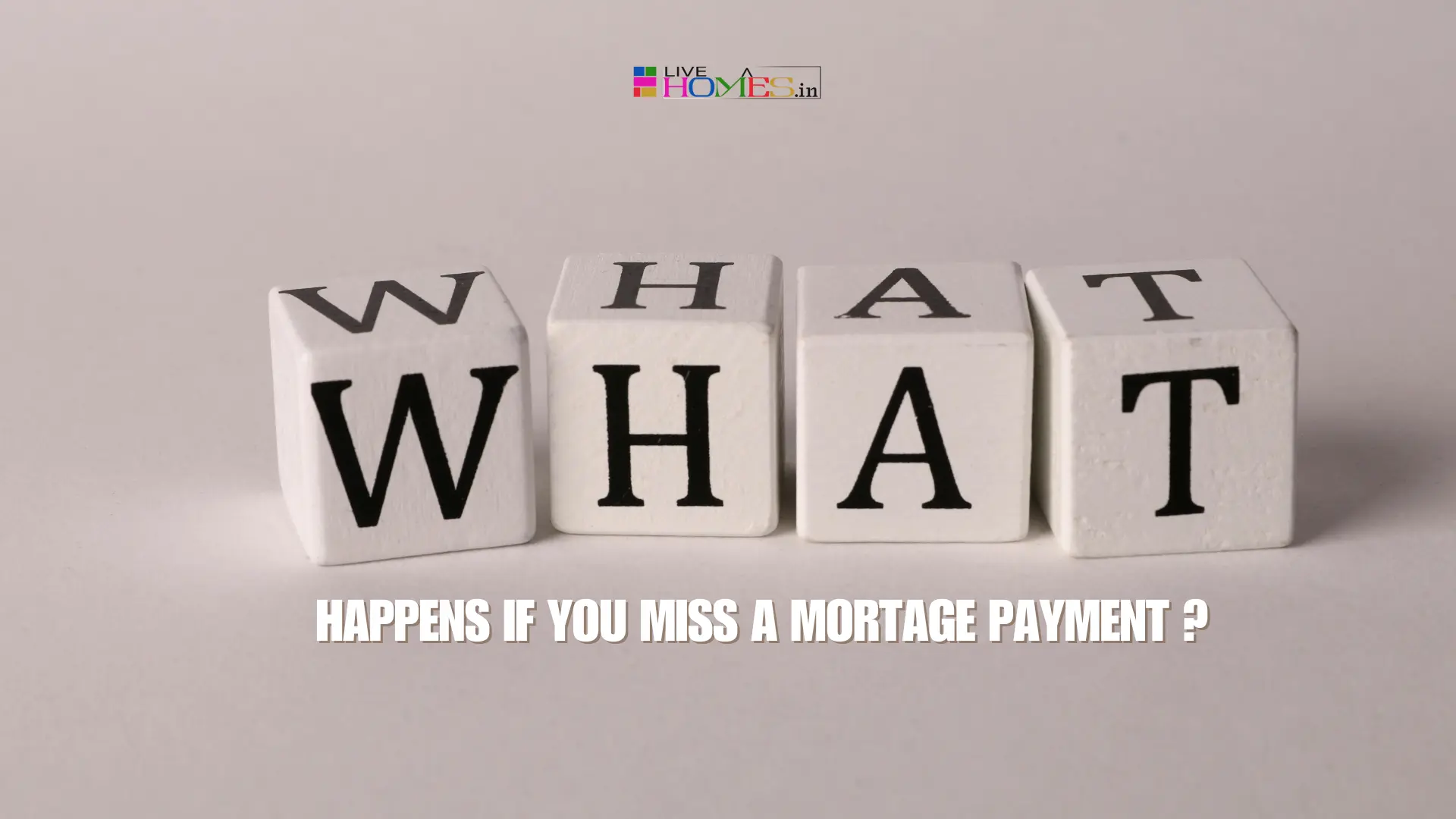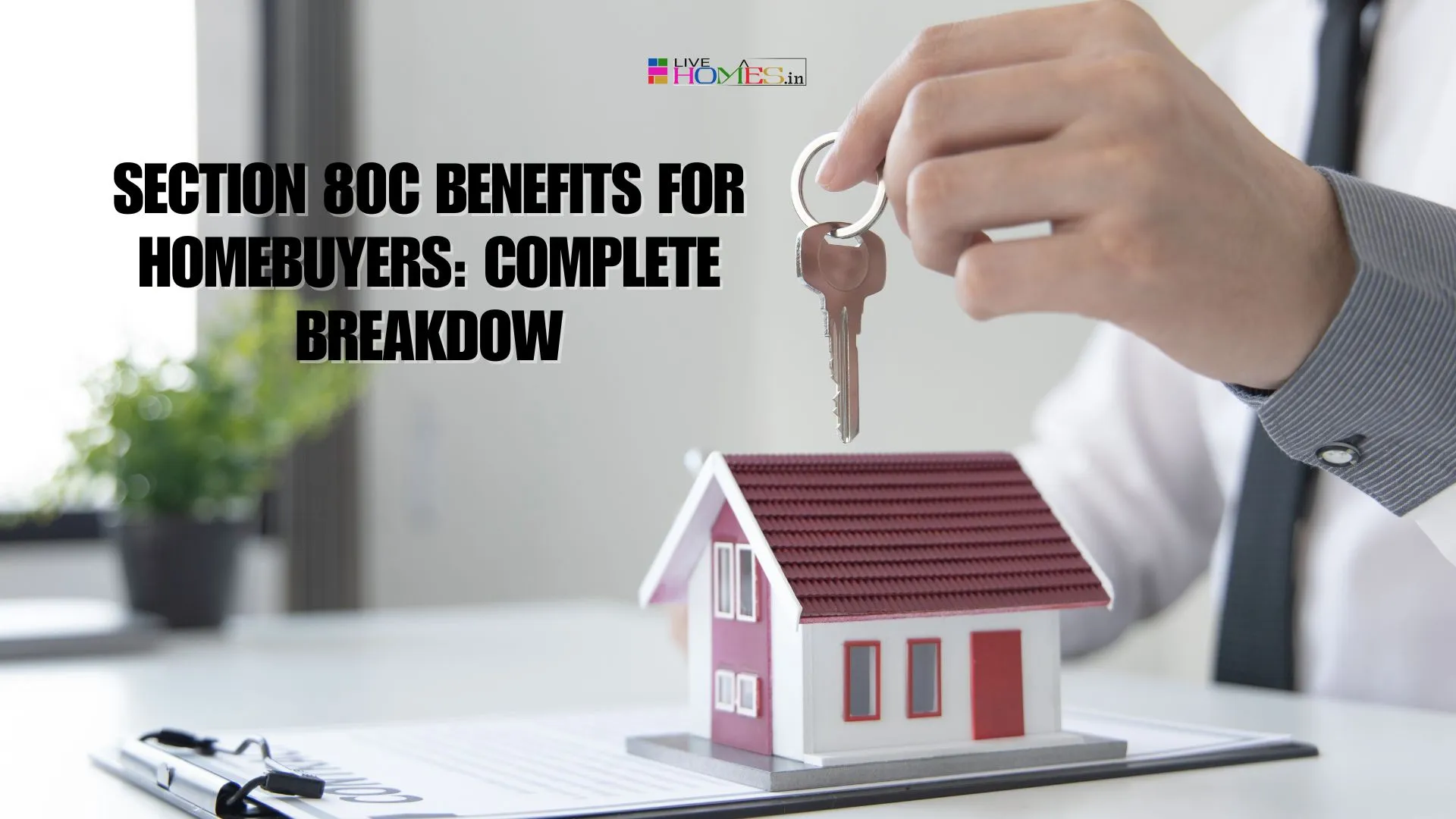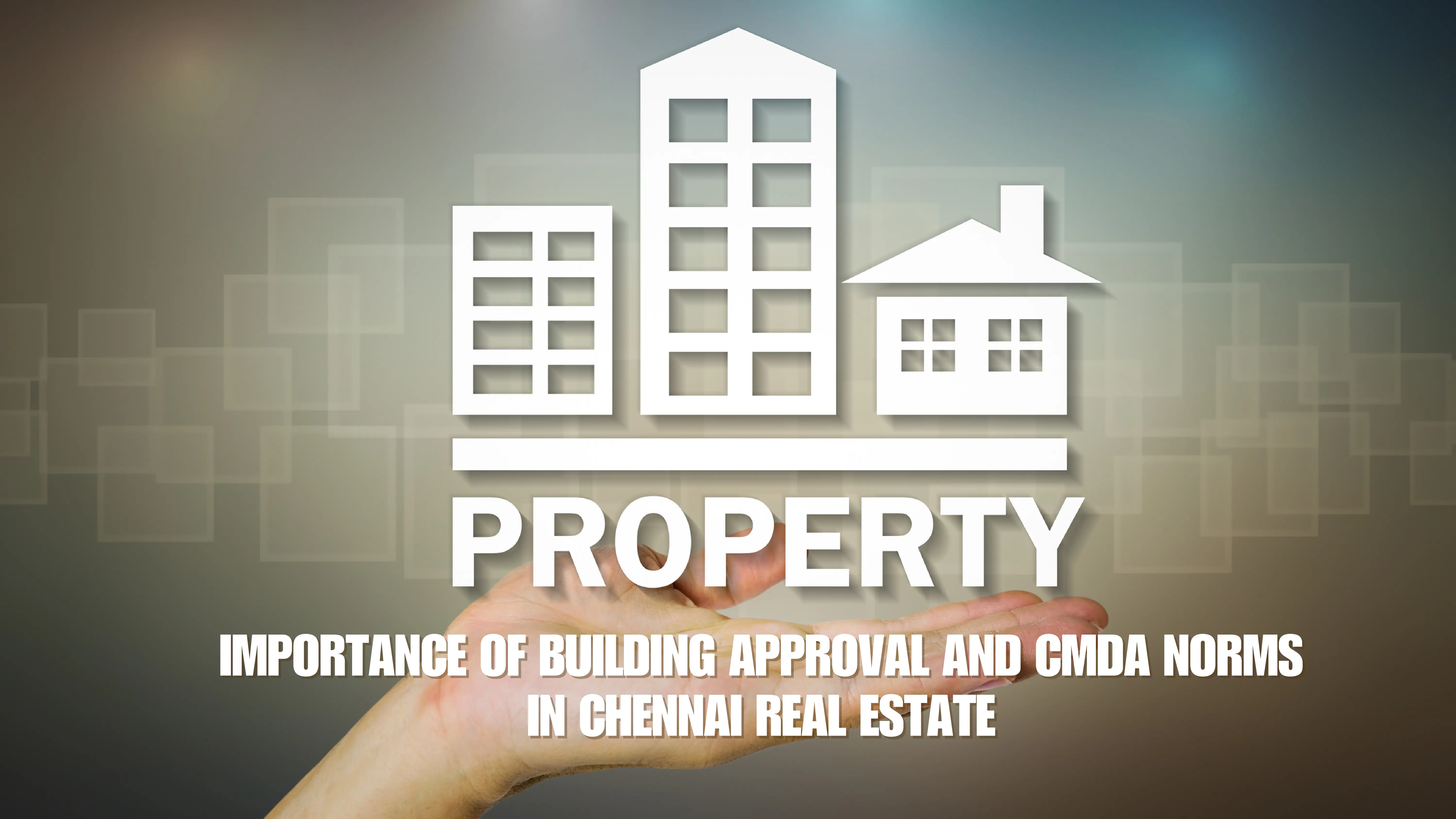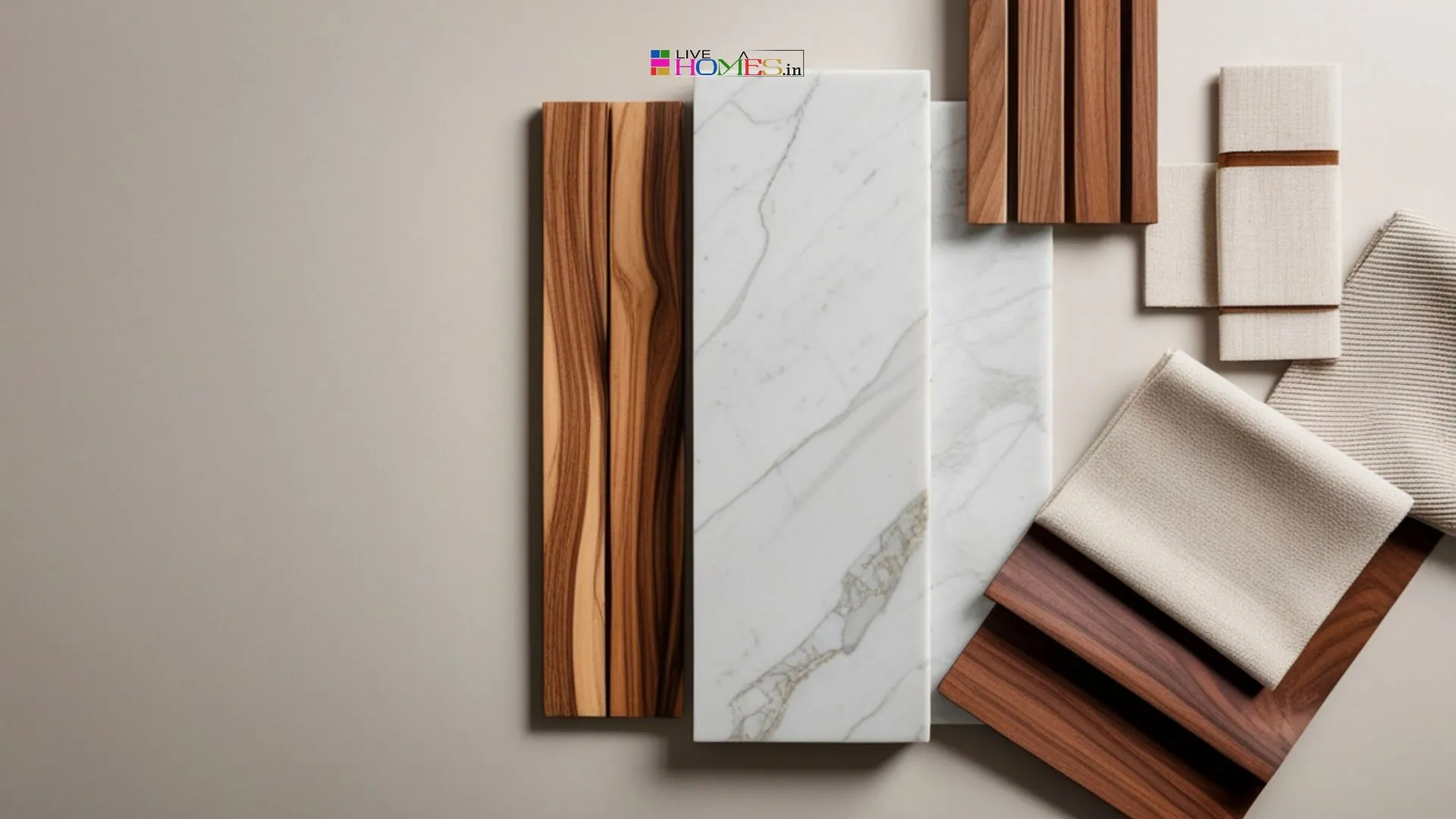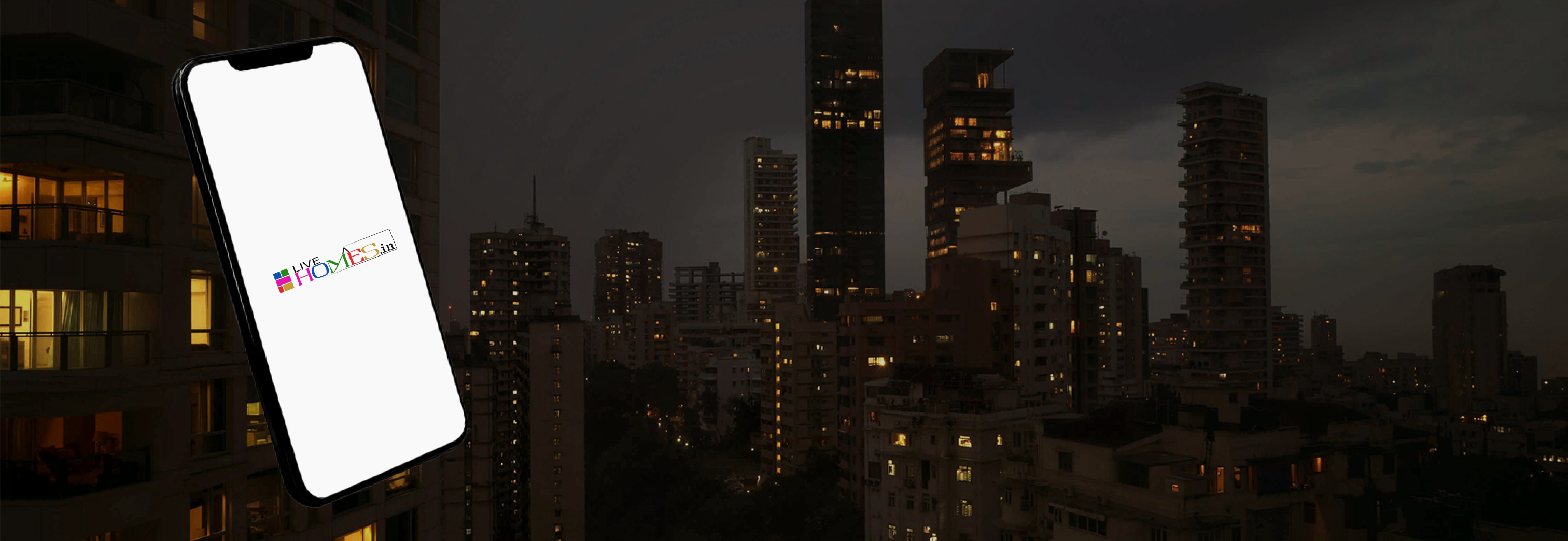1. Understanding GST in Real Estate
The Goods and Services Tax (GST) was introduced in 2017 as a unified indirect tax.
In real estate, GST applies only when there is a supply of goods or services.
- Under-construction property = service
A buyer is essentially paying for construction services provided by the builder.
So GST is charged.
- Completed property = immovable property
Once the building is fully constructed and a Completion Certificate (CC) or Occupancy Certificate (OC) is issued, it is no longer a service—it is considered a sale of immovable property.
And immovable property sales are outside the scope of GST.
2. Legal Provision
According to Schedule III of the CGST Act, 2017, the following is not treated as supply:
“Sale of land and, subject to clause (b) of paragraph 5 of Schedule II, sale of building.”
This means:
- If a completed building is sold → It is a sale of building, not a taxable service.
- If a building under construction is sold (before OC/CC) → It is treated as a construction service → GST applies.
3. Stage of Sale – The Key Factor
- Before Completion Certificate:
GST applies @ 5% for normal housing and 1% for affordable housing (without input tax credit).
- After Completion Certificate:
Treated as a sale of immovable property → No GST.
So, the timing of sale decides whether GST will apply or not.
4. Why GST is Not Charged on Ready-to-Move
There are three main reasons:
a) No Service Element
GST is meant to tax supply of services. In ready-to-move property, the construction is already completed. The buyer is only buying a finished asset, not paying for any ongoing service.
b) To Prevent Double Taxation
If GST was also levied on completed properties, the buyer would end up paying:
- Stamp duty (5–7%)
- Registration charges (1%)
- Plus GST (another 5–12%)
This would increase the property cost heavily and make housing unaffordable.
c) To Promote Housing Sales
Exempting ready-to-move properties from GST encourages buyers to purchase completed units and helps builders clear unsold inventory faster.
5. What Buyers Still Pay
Even though GST is not applicable, buyers still have to pay:
- Stamp Duty → levied by state governments (usually 5%–7%).
- Registration Charges → typically 1% of the property value.
These are compulsory charges on all property transactions, including ready-to-move homes.
6. Example for Better Clarity
Imagine you’re buying a ?60 lakh 2BHK apartment:
- Case A: Under Construction
- Base Price = ?60,00,000
- GST @ 5% = ?3,00,000
- Stamp Duty + Registration ≈ ?4,00,000
- Total = ?67,00,000
- Case B: Ready to Move (with OC)
- Base Price = ?60,00,000
- GST = NIL
- Stamp Duty + Registration ≈ ?4,00,000
- Total = ?64,00,000
Buyer saves ?3 lakh in this case by choosing a ready-to-move property.
7. Consuslion
- GST applies only to under-construction properties (because they involve construction services).
- Ready-to-move properties are considered immovable property, not a service → No GST.
- Buyers only need to pay stamp duty and registration charges on ready-to-move homes.
- This rule prevents double taxation, keeps housing affordable, and promotes sales of completed projects.
https://www.livehomes.in/blogs
